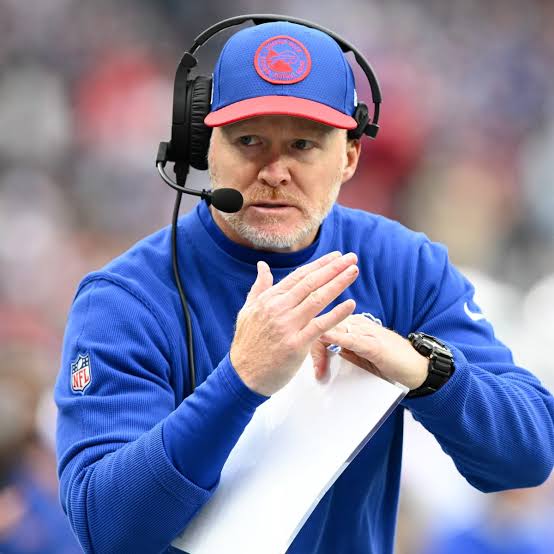Bills GM explains reasoning for trading WR Stefon Diggs
The prospect was unthinkable.
In the NFL offseason of 2024, very few Buffalo Bills supporters actually believed that Stefon Diggs would leave the team. That was just media-driven bullshit, isn’t that right? Although the all-time Pro Bowler’s 2023 season did not end as he and many others would have preferred, the Bills were not going to trade their fourth-all-time leading receiver, especially since he had stated on multiple occasions that he wanted to retire with the team.
In addition, his contract was final. Buffalo would have to take on almost $30 million in dead capital in exchange for the 30-year-old. It was incomprehensible that a team that wanted to win a championship would pay out more than $30 million of its salary limit to a player who was injured.
Then it took place.
In order to obtain a second-round pick in the 2025 NFL Draft, the Bills traded wide receiver Josh Diggs to the Houston Texans in early April in exchange for a sixth-round pick in the 2024 NFL Draft and a fifth-round selection in the next year’s draft.
Yes, Buffalo received a premium pick in exchange for the deal in a later draft. It also resulted in a less-than-ideal pay cap and a receiving corps without a legitimate primary target.
By trading for Diggs, the Bills ate $31 million in dead cap. That amounts to almost 12% of the salary cap, and it is allocated to a player who will not play for the organization in the 2024 NFL season. To be fair, it’s a daring move for a club hoping to make the Super Bowl.
However, general manager of the Buffalo Bills Brandon Beane feels optimistic about it. By moving Diggs to the Texas capital, Buffalo was able to eliminate the last three years of his contract from its records. Rather than shelling out approximately $25 million to appease the player over the following three years, Beane took the money cap medicine in 2024 and ended the agreement in subsequent years.
In a recent interview with The Athletic Football Show podcast, the executive discussed his choice and said it made sense from a football and business standpoint.
Beane remarked, “I think you weigh a lot of things.” “A player of his quality considers several factors while assessing a situation. In the end, we only discussed the cap; you take action; I won’t rehash all the reasons we chose to proceed with that. From a cap perspective, I would say we just went ahead and ate it now because we believe we can compete and take care of our needs by doing so and not [enter] next year [with problems].
If we failed to do so, or if we attempted to divide it up too much, it would become like the albatross that hangs around your neck the entire year. “Oh man, look at how much money we still have dead,” you think as you glance at your cap.
Using veteran cornerback Tre’Davious White as an example, Beane continued, saying that choices were made on a case-by-case basis regarding whether to let go of a player and how to divide up their remaining money. In March, the team designated him as a post-June 1 player and released him.
“Listen, we made a June 1 deal with Tre’Davious White, so we kind of weighted that knowing,” Beane remarked. Now, we may have consumed his entire [cap]. Whether it’s signing a player with a few void years or using one of our bullets of a June 1 release with Tre’Davious, we’re just trying to pick and choose which ones make sense to push a little bit off. Whether it was Stef’s deal or some of the other deals, we’re not trying to go all the way that way.
“We’ve attempted to maintain equilibrium, which involves examining the balance sheet and spreadsheet to see how [20]25 appears. [20]26: what is it? Even with our voids, we have been intentionally attempting over the past several years to avoid having them all come due in the same year, as that is possible. For example, this void ends in 2025, this one expires in 2026, and this one ends in 2027, when the same thing occurs.
Even though Buffalo saw some change in the offseason, by focusing its core around youth and releasing salary cap space, it may have positioned itself for longer-term success. According to Beane, the main driving force behind every choice he takes is achieving sustainable success and making the most of Josh Allen’s championship window.
“I’m extremely competitive,” Beane declared. “I feel like we have to play with one arm tied around our back because the cap is what it is, and I’m going to be ripping myself the minute we step into a year.” I am constantly asking Kevin Meganck, who manages our cap and does an excellent job, “How do we do this?” How can we solve this? because Josh Allen is on board and we wish to contend for a championship each and every year.




